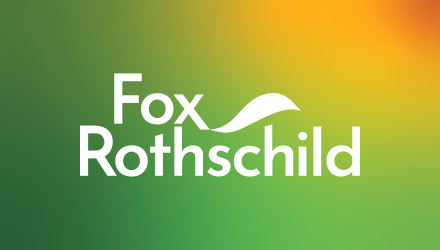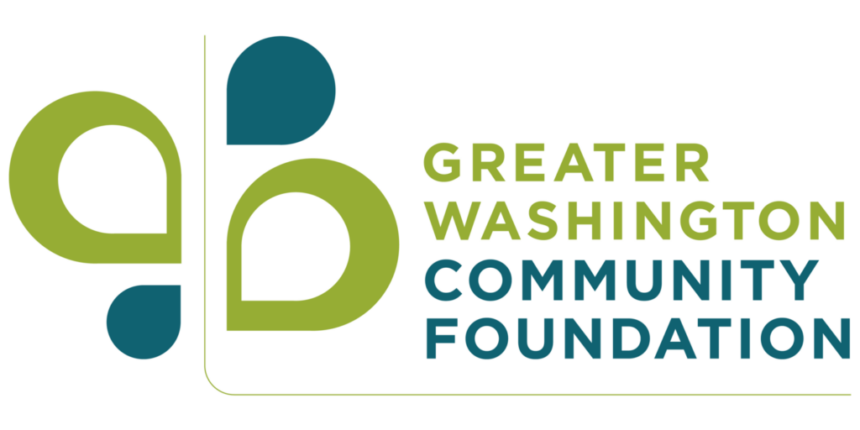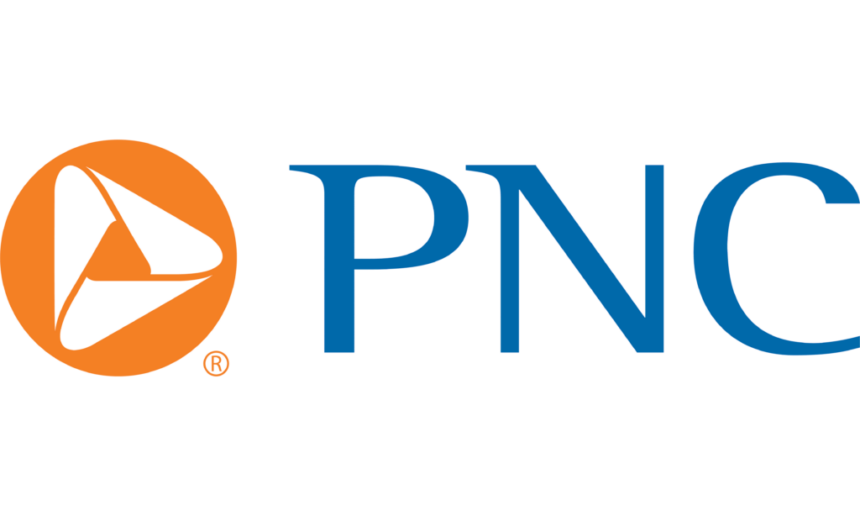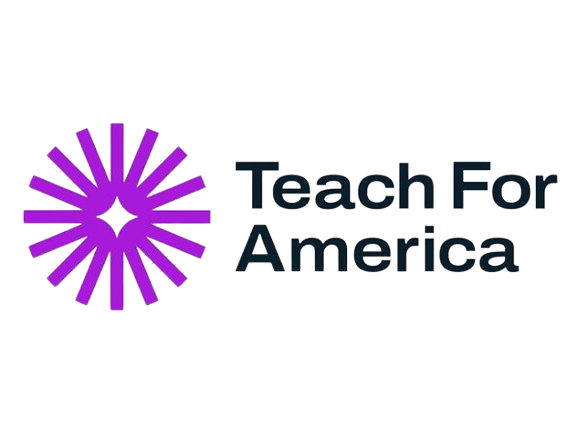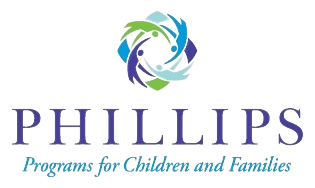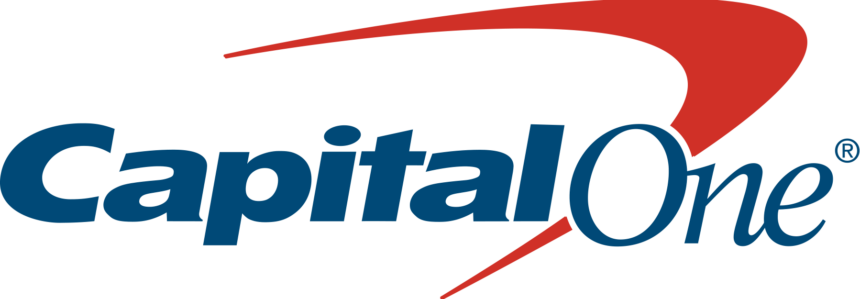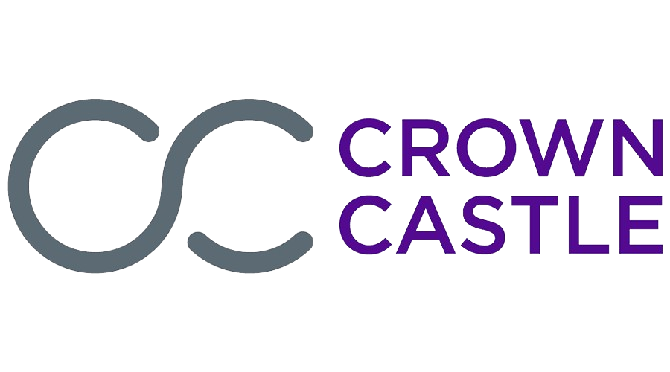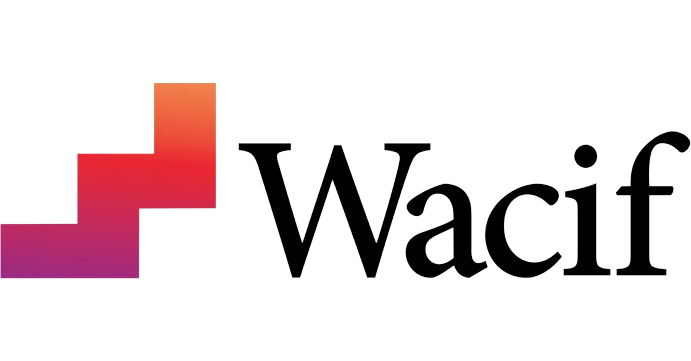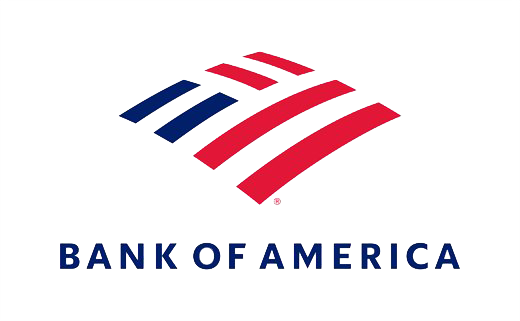The Big Ideas for National Landing & What They Mean for the DMV
National Landing, which encompasses the Northern Virginia neighborhoods of Crystal City, Pentagon City, and Potomac Yard, is undergoing an exciting transformation. Big investments in buildings, transportation, and public amenities are predicted to benefit local residents while stimulating economic activity. In this webinar, leaders behind National Landing’s development plans explain what we can expect and how lessons learned on the National Landing project can be applied across the D.C. metro region.
Moderator: Nora Gardner, Senior Partner, McKinsey & Company
Panelists:
- Jack Potter, President & CEO, Metropolitan Washington Airports Authority
- Lance Collins, Executive Director & Vice President, Innovation Campus, Virginia Tech
- Evan Regan-Levine, Executive Vice President, JBG Smith
Watch the recording
Read the summary
JBG Smith
- JBG Smith saw a lot of opportunity in the Crystal City area because there is a confluence of transit, access to DC, and density. But it lacked good retail amenities and had too high of a ratio of commercial to residential real estate—it needed more retail and housing.
- JBG Smith sat down with Amazon and discussed what it would look like to revitalize the Crystal City area. Amazon also saw the potential.
Virginia Tech
- Virginia Tech’s plan is to build a campus that in 10 years will produce 750 masters degree students per year.
- Another goal is to increase diversity in tech, acknowledging that tech jobs can be high-paying, but the tech field is not always very diverse. They believe that this starts with academia and making sure that graduates are diverse so companies can then hire diverse candidates.
MWAA
- DCA sees a lot of opportunity for growth and is eager to see more connectivity between the airport and surrounding communities. The traveler’s experience from their community to the airport should be seamless.
- Jack Potter warned that there is going to be a lot of construction and there will likely be some traffic, and it will require some patience.
JBG Smith
- On the long-term COVID-19 impacts, Evan assumes that teleworking will probably not go away, but people will value being able to enjoy public spaces and enjoy their communities. JBG has doubled down on “smart city” investment to bring more internet connectivity to public spaces.
Virginia Tech
- Lance expects that COVID-19 will spur the development of virtual learning platforms that enable more peer to peer interaction, which is not easily accommodated right now.
MWAA
- The airports are cutting costs as much as possible without compromising safety, but they are also trying to continue their capital investments so that they can continue to improve the travelers’ experience. Funding from the CARES Act has helped.
- They expect that National Landing is going to be a part of their long-term financial solution, bringing a lot more travelers through the airports. So, they are staying optimistic, expecting the traffic to come back.
JBG
- JBG’s vision for a digitally connected “smart city” starts with a strong fiber optic network. They are making those investments so that down the road new technology companies see the area as a strong foundation to build on because of the faster, more secure internet connectivity.
Virginia Tech
- Lance noted that making STEM more inclusive actually starts all the way back in K-12. Early stage decisions can cost students with talent the opportunities they need. It is therefore important that local public school systems have strong STEM programs.
This webinar was sponsored by:
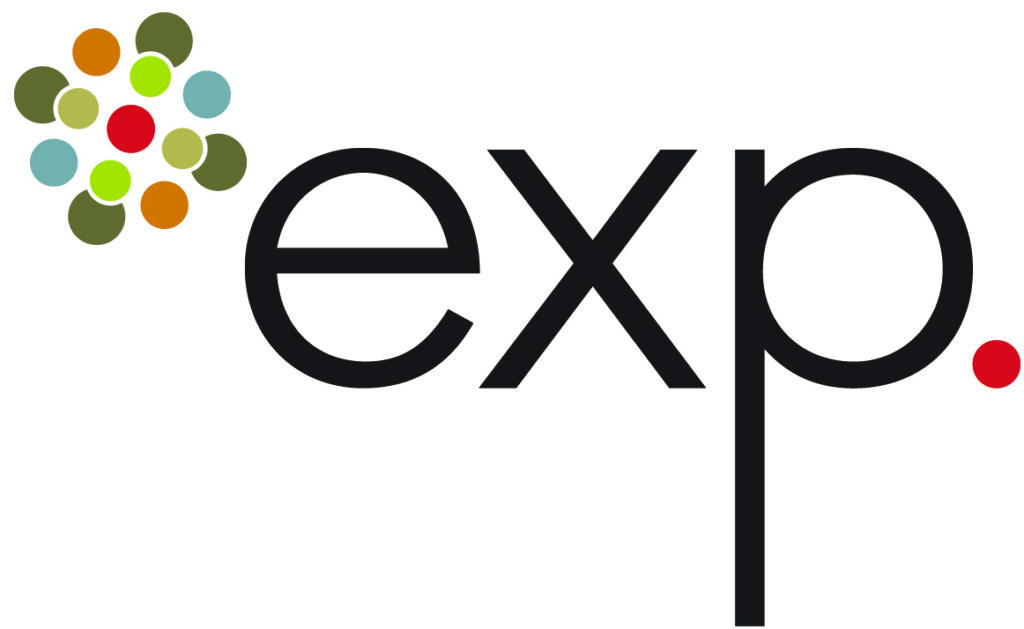
Become a member today
We need your voice at the table to make Greater Washington a place where everyone can succeed


